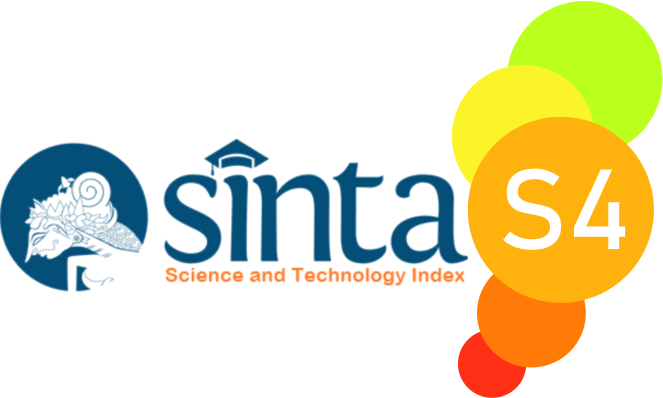STUDENT FLUENCY AND TEACHER AUTHORITY
A RESPONSE TO PRASETIANTO
Abstract
In an early issue of Journey, Prasetianto (2019) argues that the best way to promote oral fluency in the Indonesian context is through information gap activities, and that small-group discussion activities are not appropriate. This article addresses misunderstandings in this position and clarifies why true communicative competence cannot be developed in controlled activities like information gaps. It discusses the role of accuracy in communicative competence, particularly in relation to emerging varieties of English, and notes the reluctance of some teachers to remove themselves from the center of the classroom and allow students to engage in authentic discussion, which is essential for the development of true fluency. Finally, it presents research indicating that students overwhelmingly value the opportunity to engage in authentic conversation with each other and the ability to see and correct their mistakes. Through this response to a critique of a student-led activity, I hope to demonstrate that a more learner-centered approach to oral communication and corrective feedback is possible, effective, and enthusiastically welcomed by our students.
References
Eloksari, E. A. (2020). Indonesian internet users hit 196 million, still concentrated in Java: APJII survey – The Jakarta Post. Retrieved 2021-11-16 from https://www.thejakartapost.com/news/2020/11/11/indonesian-internet-users-hit-196-million-still-concentrated-in-java-apjii-survey.html
Endarto, I. T. (2020). A corpus-based lexical analysis of Indonesian English as a new variety. Indonesian Journal of Applied Linguistics, 10(1), 95-106. https://doi.org/10.17509/ijal.v10i1.24993
[Author], J. (2012). ‘Small Talk’: developing fluency, accuracy, and complexity in speaking. ELT Journal, 66(1), 30-41. https://doi.org/10.1093/elt/ccq093
[Author], J. (2021). Comsem.net: An online platform for providing and tracking delayed corrective feedback. WAESOL Educator, Vol 46(2), 29-32. https://drive.google.com/file/d/1CPCX54WU5Z0OwtBVazdyUHYlY3R5IRLa/view?usp=sharing
Kachru, B. B. (1992). The Other Tongue: English across cultures (English in the Global Context). University of Illinois Press.
Kumaravadivelu, B. (2003). Beyond methods: Macrostrategies for language teaching. Yale University Press.
Lyster, R., & Ranta, L. (1997). Corrective feedback and learner uptake. Studies in Second Language Acquisition, 19, 37-66. https://doi.org/10.1017/S0272263197001034
Prasetianto, M. (2019). Information Gap: Speak Fluently is Better in EFL Context. Journey (Journal of English Language and Pedagogy, 1(2), 40-45. https://doi.org/10.33503/journey.v1i2.287
Seraj, P. M. I., Klimova, B., & Habil, H. (2021). Use of mobile phones in teaching English in Bangladesh: A systematic review (2010–2020). Sustainability. 13, 5674. https://doi.org/10.3390/su13105674
Skehan, P., & Foster, P. (1999). The influence of task structure and processing conditions on narrative retellings. Language learning, 49(1), 93-120. https://doi.org/10.1111/1467-9922.00071
Utomo, I. B. Error analysis in pronunciation made by the English department students at IKIP Budi Utomo Malang. Journey (Journal of English Language and Pedagogy, 1(2), 40-45. https://doi.org/10.33503/journey.v4i1.1256
Willis, J. (1992). Inner and Outer: Spoken discourse in the language classroom. In M. Coulthard (Ed.), Advances in Spoken Discourse Analysis (pp. 162-182). Routledge.
Khasbani, I. (2018). Revealing teachers’motivational strategy in Indonesian EFL classrooms. European Journal of English Language Teaching, 3(4), 1-14. https://zenodo.org/record/1291457#.YaZj2L3P1QI

Journey: Journal of English Language and Pedagogy by http://ejurnal.budiutomomalang.ac.id/index.php/journey/index is licensed under a Creative Commons Attribution-ShareAlike 4.0 International License.






